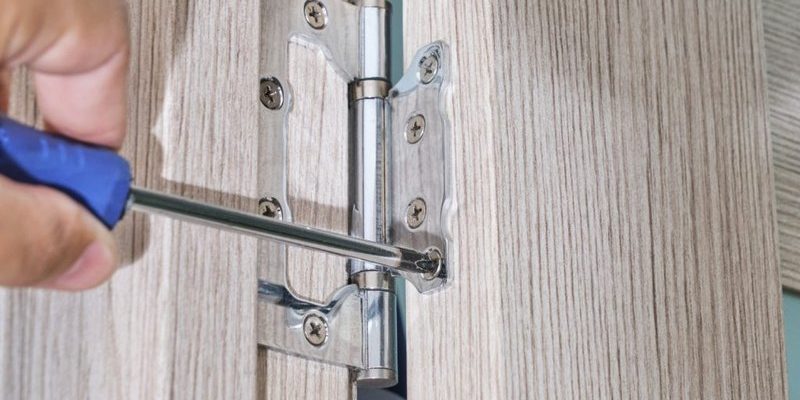
Think of your door lever like a wristwatch. When everything works in harmony, the hands move flawlessly around the clock face. But when one part begins to wear out, the whole mechanism can falter. So, if your door lever is sagging and doesn’t return to level, it’s likely due to a few common culprits, ranging from installation issues to wear and tear. Let’s unpack this together and figure out what might be going wrong.
What Causes a Door Lever to Sag?
There are several reasons why a door lever might sag. First off, it could be related to how the lever was installed. If the screws aren’t tightened properly or if the internal mechanism isn’t aligned correctly, the lever can droop. It’s much like hanging a picture frame: if it’s not level on the wall, it just doesn’t look right.
Another culprit can be the door frame itself. If the frame is warped or the door has shifted due to humidity or settling, it can throw off the alignment of the lever, causing it to sag. Doors can be sensitive to changes in temperature and moisture, which can lead to unexpected shifts in their structure.
Lastly, the internal mechanisms of the lever may wear out over time. If the spring that helps return the lever to its original position is broken or weak, it won’t function correctly. This wear and tear are common in older homes, where door hardware may not have been updated in years.
How Can I Fix a Sagging Door Lever?
Getting your door lever back to its intended position can be straightforward. Here’s what you can do:
1. Tighten the Screws: Start by checking all the screws on the lever and the door plate. Use a screwdriver to tighten them. Sometimes, this simple fix can do wonders. Just like when your car’s wheels need a good tightening, a bit of torque can resolve the issue.
2. Adjust the Alignment: If tightening doesn’t work, check the alignment. Remove the lever to see if the mechanical parts are aligned correctly. If they seem off, you may need to adjust the position of the latch or the lever itself. This could involve repositioning screws or using washers to fill in gaps.
3. Replace Worn Parts: If the lever feels loose even after tightening, the internal spring might be weak or broken. You can purchase a replacement spring at most hardware stores. Just like swapping out a flat tire, replacing worn parts can revitalize your door lever.
How Do I Know If It’s Time to Replace the Door Lever?
Sometimes, despite our best efforts, a door lever just doesn’t want to cooperate. Here’s how to tell if it might be time for a replacement:
– If your door lever is rusted or corroded, this indicates it has seen better days. Metal can corrode over time, especially in humid environments, and replacing it may be the best option.
– If the mechanisms inside the lever are broken beyond repair, it might be more cost-effective to invest in a new lever rather than trying to fix the current one.
– If you find yourself frequently fixing the same issues, that’s a solid sign. Investing in a new lever can save you time and frustration in the long run.
Choosing a Replacement Door Lever
When it comes time to pick a new lever, you have options. Here are a few things to consider:
– Style and Finish: Choose a style that matches your home’s aesthetics. Whether you want a modern brushed nickel or a classic bronze finish, options are abundant.
– Functionality: Look for a lever that meets your needs—do you want a simple turn lock, or is a more advanced security feature important?
– Ease of Installation: Some levers are easier to install than others. If you’re not particularly handy, it might be worth it to read reviews to find a model known for straightforward installation.
Preventive Measures for Future Sagging
To keep your door lever from sagging again, consider these preventive measures:
– Regular Maintenance: Check the screws and hardware periodically. Ensuring everything is tight can help avoid sagging.
– Monitor Humidity Conditions: If you live in an area with high humidity, consider using a dehumidifier. This can prevent your door and its frame from warping over time.
– Choose Quality Hardware: Investing in a good-quality door lever can pay off. Cheaper models might wear out faster, so do a little research before purchasing.
A sagging door lever can be a simple fix, but it can also be a sign of underlying issues. Understanding the root causes helps you address the problem effectively. Whether you’re just tightening screws or opting for a new lever altogether, a little maintenance goes a long way. By being proactive, you can ensure your door lever works smoothly and looks great for years to come. So next time you reach for that lever, you can do it with confidence, knowing it’s in top shape!
